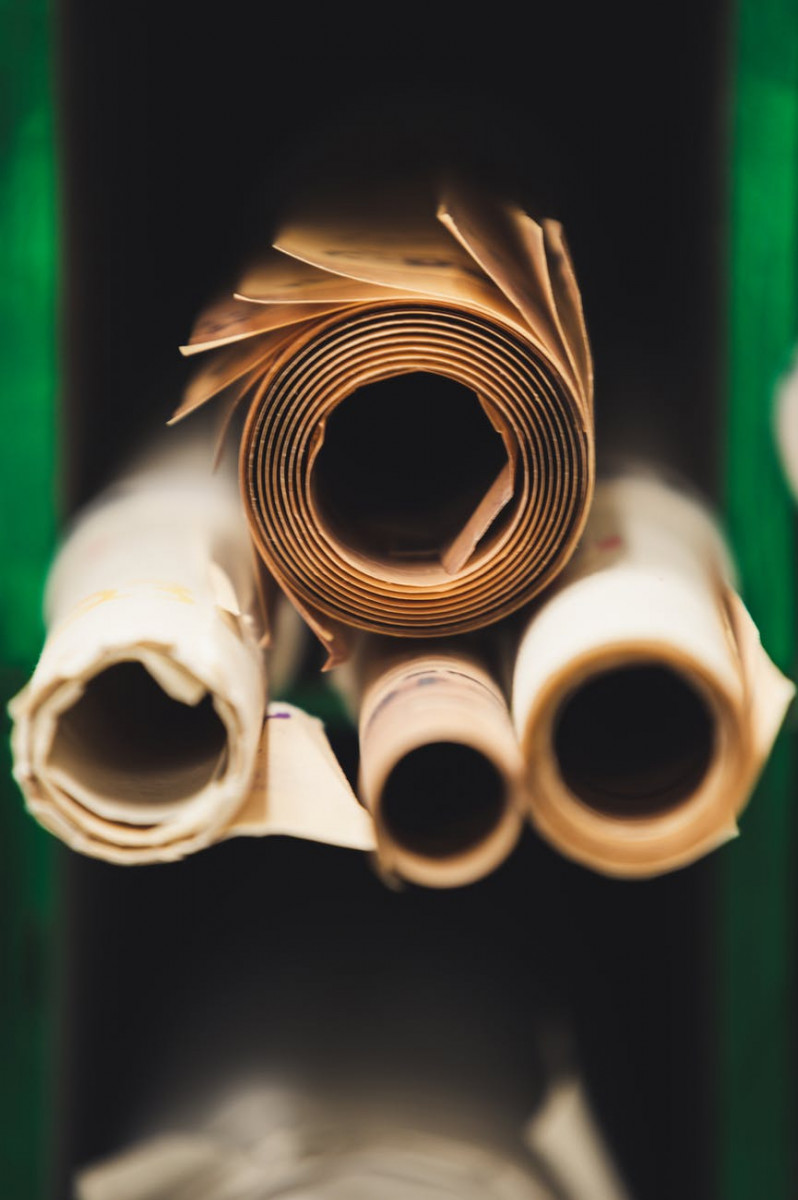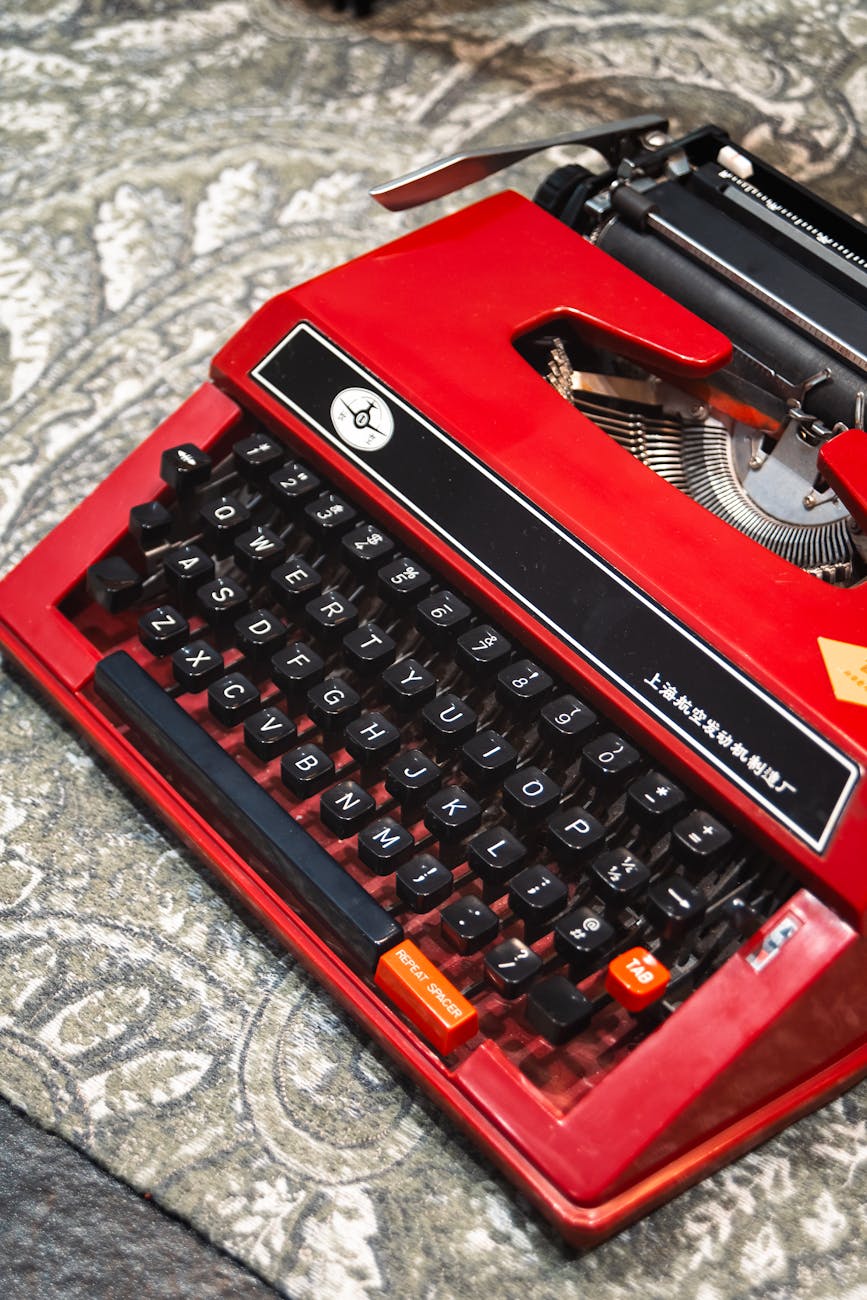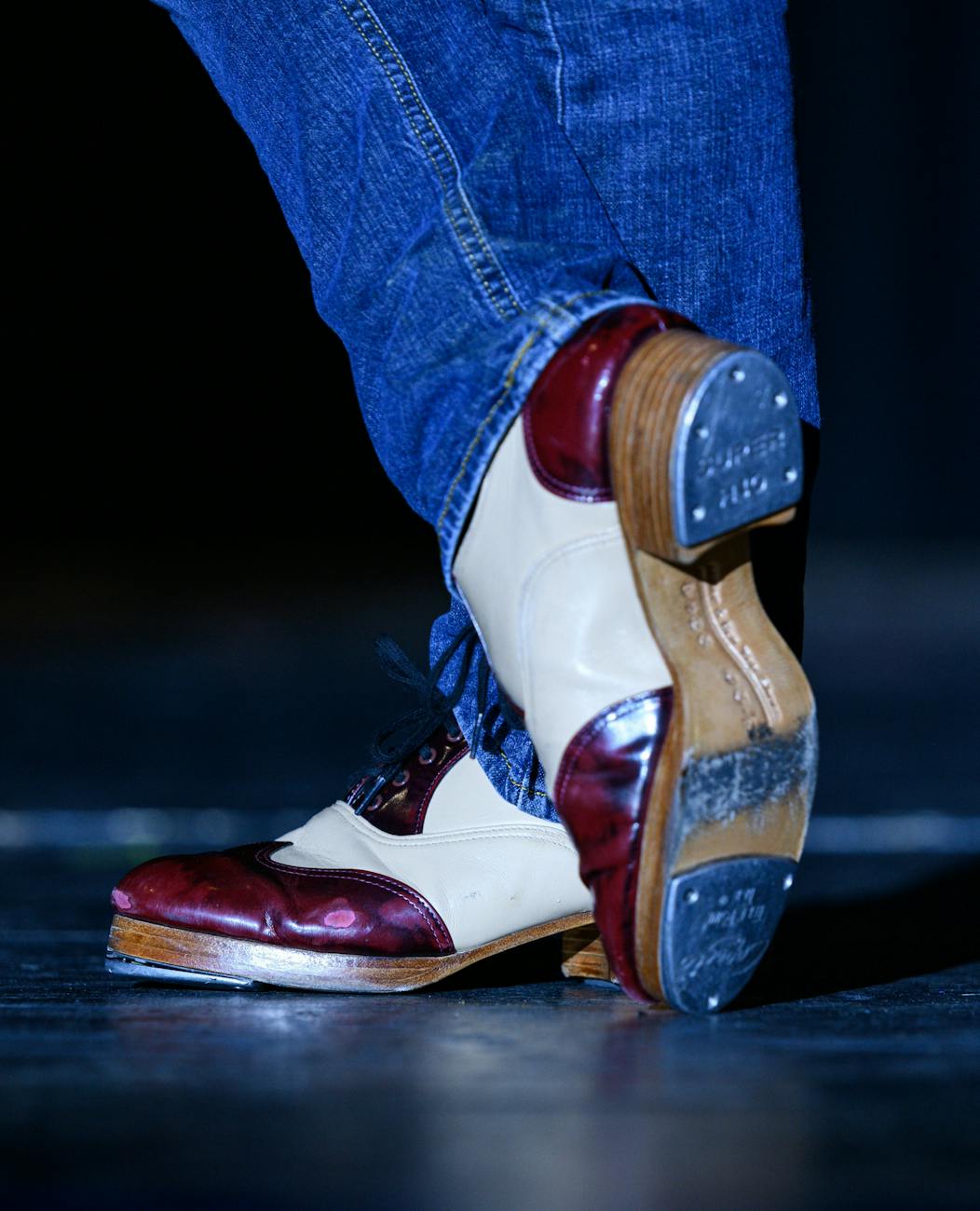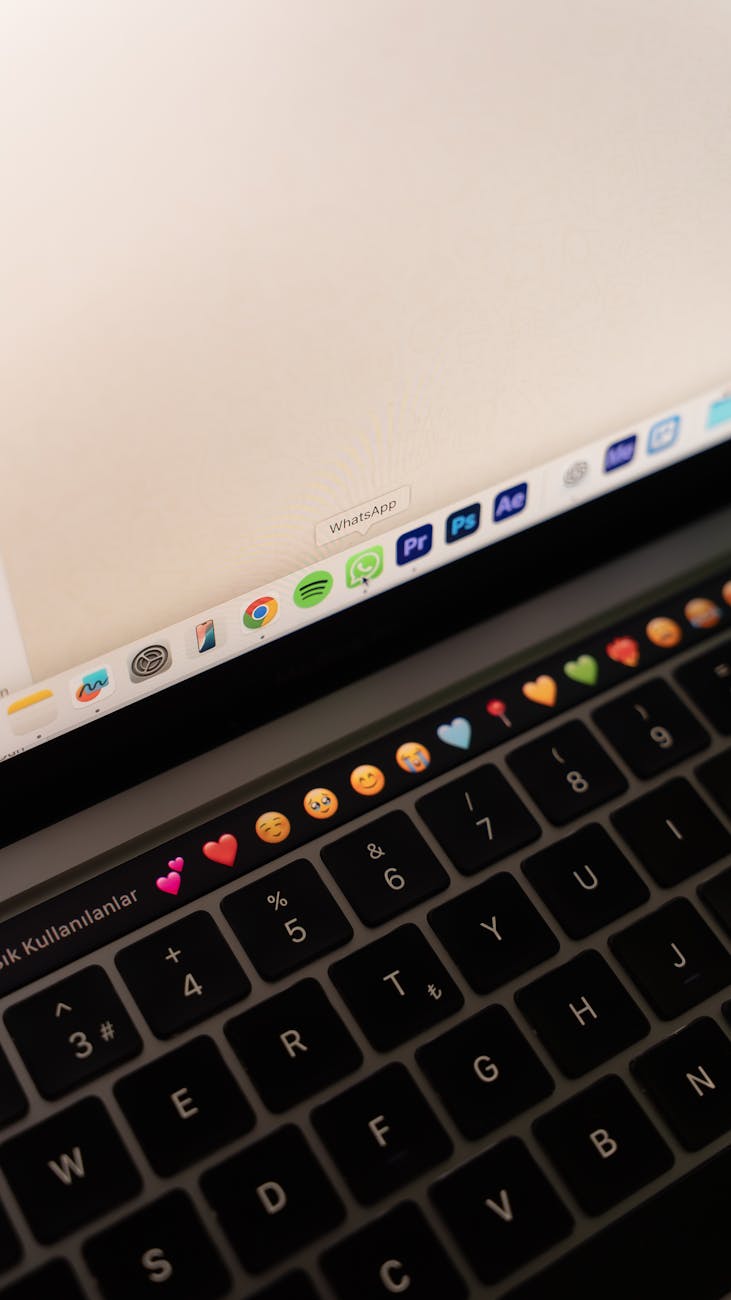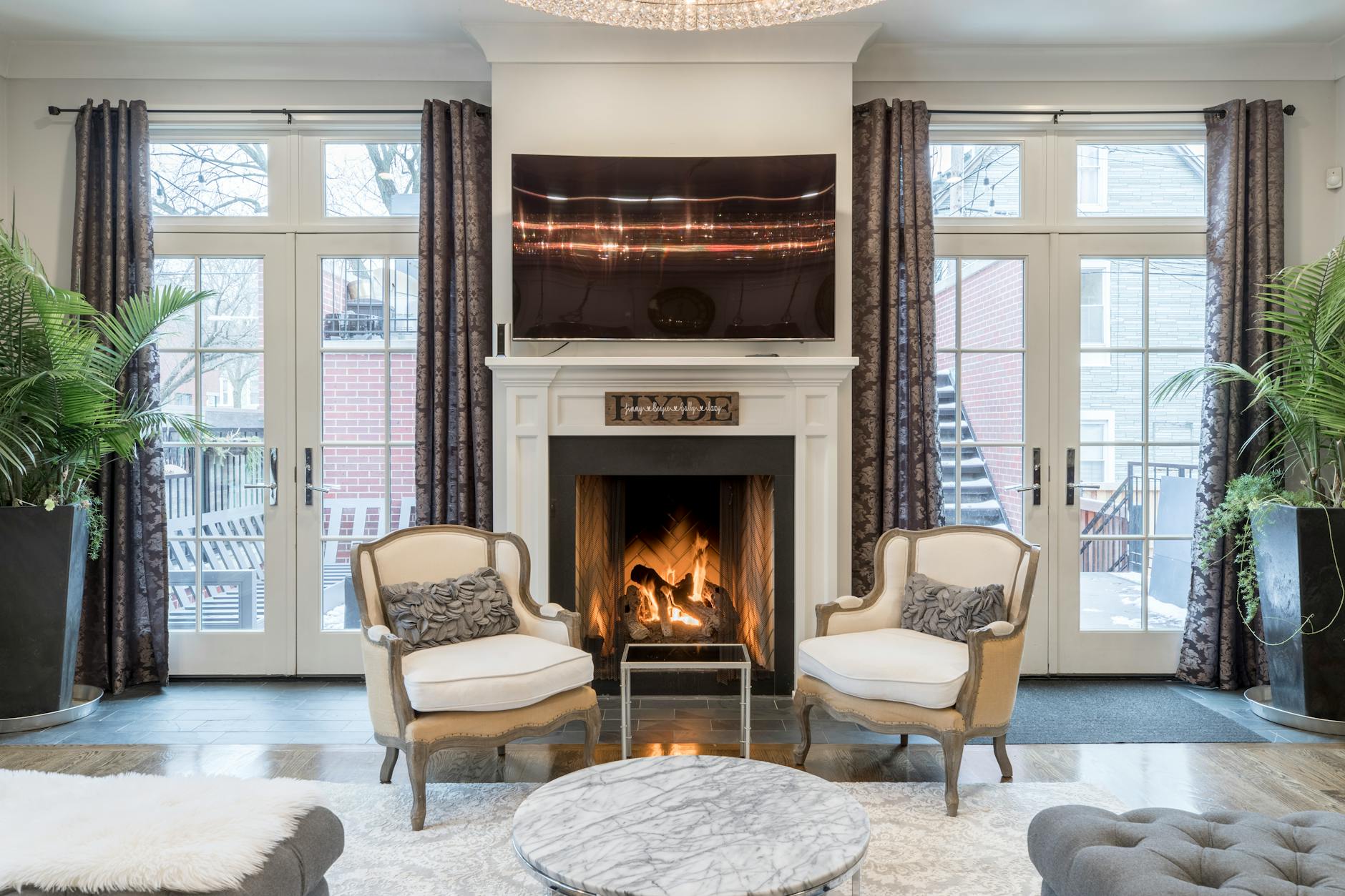One of the things I’ve noticed is that the traditional bright white with black text is actually pretty hard to read. When I was using Mac Kindle, I noticed their cream-colored paper with their light fonts was much easier to read.
Thanks to the miracle of ColorSlurp, I was able to see exactly what color they were using by just by cranking the app up, hitting the eyedropper and clicking on the Kindle page. Turns out it is a creamy Sepia #fdf0d6 and their default font is something called Bookerly which looks like Bookman with the font color #634a2e which is a kind of brown.
If you go look at what is printed on real paper (you remember the days of light 24-pound paper vs 60-pound paper) and its real colors you get quite an assortment. So what is a good natural color than in the digital world?
Cream-colored paper is what most folks recommend for mostly text documents in the real world.:
- Kindle Sepia. They have a light color #fdf0d6 and a lighter serif font #634a2e that gives the text an old-style feel but is very readable. It pairs well with fonts like Bookman.
- Superfine Natural Stationary. This is from Walmart but is natural and not old paper which is probably the issue with those other two. Which measures as #FBE9CF. This seems to work well with my current favorite fonts in the IBM Plex Sans family where I use their Sans for headings and then pair that with IBM Plex Mono for Headings.
- JetPens Cosmo Air Light Cream. This is a very light paper that is #FFFBF3 but I find that pretty light but just about perfect for more modern documents where you want it easier to read not feel to old.
- Scheme Color Old Paper. This uses Desert Sand #E0D3AF which to my eye is quite a bit darker than the Kindle color, probably too brown.
- Color Name Old Paper. This is another site that has a nearly identical color #E0C9A6 which looks dark like really old paper.
So here is the color scheme I’ve settled on for things that are long reads is the Superfine Natural for modern documents with sans serif fonts and Kindle Sepia for longer read “older feeling” documents” like creative writing.
Font Pairings
Well, in traditional documents you use a sans serif for titles and serif for body text. This is because it mimics traditional printed books and because serif fonts flow more and work better at lower font sizes. The classics are to use Helvetica for the headings and Times Roman for the text. But with so many different font types, you can vary the headings to use two different types for headings. Although these rules are breaking down in the name of design. The final consideration is that since we are using Google Workspace, they have to be supported by Google Fonts in their documents. There are so many choices that it is nice to have some sort of guide, but some of the ones I’ve loved are in order are:
- Alegreya Sans SC and Source Sans Pro. The small caps version of Alegreya is quite beautiful. Juan Pablo del Peral of Huerta Tipografica create this super family and it feels calligraphic. The Source Sans Pro is a classic designed by Paul D. Hunt for Adobe. Because the body text is a san serif type, but not as bold as the Lato, it does feel like it works better for a modern memo.
- Helvetica Neue and EB Garamond. This is another classic pairing that works well for memos. It’s pretty traditional, but it is what I would recommend for the classic Amazon 6-pager or the Microsoft 1990s 3-pager. I would use this as the default, but it does feel like using fonts dating from the 21st century are more appropriate for high tech. But this is the perfect position paper or business backgrounder font. Helvetica itself is widely used and developed in 1957 by Swiss typographer Max Miedinger with Eduard Hoffmann. It is neo-grotesque or realist and is influenced by a famous 19th-century typeface
- Oswald and Lato. The Oswald in particular is really nice for headings. Vernon Adams created it in 2011 (he has also done Oxygen Mono, Monda, and Bowlby One). And if the documents are not too long then the sans serif Lato is fine. Lato gives a single-spaced memo a kind of “tight” feel but maybe that is good. While the Garamond feels well, roomier, Lato is good if you have short documents I think. Lato was developed by Polish designer Lukasz Dziedzic (it means summer in Polish) in 2010 as part of a rejected corporate logo project.
- Libre Franklin and Libre Baskerville. This is a really traditional feel to the document particularly the serif Baskerville, probably a little dated for modern company memos. These are updated to work better for on-screen reading. Libre Franklin is an interpretation of the 1912 Morris Fuller Benton-base classic Franklin. Libre Baskerville is a version of the ATC Baskervilel from 1941. Both are by Pablo Impallari of Argentina.
- Playfair Display and Source Sans Pro. Another combination with Source Sans. Playfair adds an old-fashioned look. This dates from the late 18th century when broad nib quills were replace by steel pointed ones and the result was the freeing of typestyles. his is an open-source font led by Claus Eggers Sorensen of Amsterdam.
- Bebas Neue and Monserrat Light. This is a very playful font with the text really better for brochures I think. Ryoichi Tsunekawa designed this based on his original Bebas created in 2005.
- Roboto and Monserrat. These are clean and new looking, so better for brochures I think. Julieta Ulanosky was inspired by the beauty of Buenos Aires’s Montserrat neighborhood. Christian Robertson designed this font for the Android default system font so maybe that is why it looks familiar. Better for short text.
A good color picking application: Color Slurp
As an aside, having a utility that lets you know what colors are on the screen. Turns out the Mac ships with a default one called Digital Color Meter. It’s a little inconvenient because it is always in “find a color mode”. You have to hit CMD-L to lock it and then View > Display Values > as Hexademical to convert to the hexadecimal preferred by HTML and other applications.
I use Color Picker which is a little more convenient with a dropper which was just the first thing I found in the App Store with a decent rating. It works great, but I think Color Slurp is more useful.
But there is also the free Color Slurp which lets you keep a set of swatches if you are developing a color scheme and then Color Peeker is so minimal, that it just shows you the actual color under the cursor at all times in the Menu Bar.
Keeping your Mac awake: Caffeine vs Amphetamine
Yes, these are the name of applications that prevent your Mac from sleeping. Sometimes you might your Mac to run a big job even with the lid closed. I’ve used Amphetamine for years and have also tried the old Caffeine and it is definitely less functional.
Knowing your Stats
And finally, I switched from Menumeters to Stats and it does look nicer, but I could not figure out how to get the right widgets. There is basically no documentation for this, but if you look closely at an entry like CPU, you will see a set of widgets are the top. These are actually movable (how was I supposed to know that) and if the widget moves to the left of the vertical bar it is visible.
Some of the useful ones I’ve found are the Sensor one which tells you the current draw of your Mac and the temperature of the hottest CPU. This is valuable because there are quite a few things that don’t use GPU or CPU on this kind of Mac, for instance, video decoding, so it won’t show up in either of those metrics. The other one is the Network and Disk where you can draw the ones that show the amount of Network bandwidth and disk bandwidth being used. Very useful! One tip is that a very bright blue is used for the CPU which is basically impossible to read, so change the Widget settings to White if you want to see it or just be comforted that if the CPU is not running too hard it is basically an invisible number
The main bummer is that the menu bar on a 14″ MacBook Pro is so limited with the notch that it is basically impossible to see many of these parameters even if you are using Dozer to hide icons.
